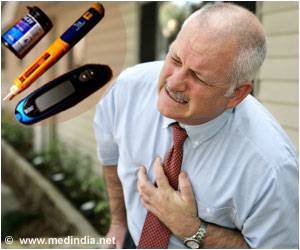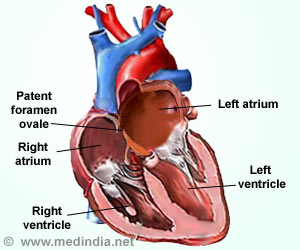Research presented at the American Heart Association's Scientific Sessions 2013 suggests that many kids don't run as far or fast as their parents did.

"Young people can be fit in different ways. They can be strong like a weightlifter, or flexible like a gymnast, or skillful like a tennis player. But not all of these types of fitness relate well to health. The most important type of fitness for good health is cardiovascular fitness, which is the ability to exercise vigorously for a long time, like running multiple laps around an oval track." Researchers analyzed 50 studies on running fitness between 1964 and 2010 that involved more than 25 million kids, ages 9 to 17, in 28 countries.
They gauged cardiovascular endurance by how far kids could run in a set time or how long it took to run a set distance. Tests typically lasted five to 15 minutes or covered a half-mile to two miles. Cardiovascular endurance declined significantly within the 46 years, the researchers found. Average changes were similar between boys and girls, younger and older kids, and across different regions, although they varied country to country.
The study is the first to show that kids' cardiovascular fitness has declined around the globe since about 1975:
• In the United States, kids' cardiovascular endurance fell an average 6 percent per decade between 1970 and 2000.
• Across nations, endurance has declined consistently by about 5 percent every decade.
• Kids today are roughly 15 percent less fit from a cardiovascular standpoint than their parents were as youngsters.
• In a mile run, kids today are about a minute and a half slower than their peers 30 years ago.
Declines in cardiovascular endurance performance are probably caused by social, behavioral, physical, psychosocial and physiological factors, Tomkinson said.
Country-by-country fitness findings are mirrored in measurements of overweight/obesity and body fat, suggesting one factor may cause the other. "In fact, about 30 percent to 60 percent of the declines in endurance running performance can be explained by increases in fat mass," Tomkinson said.
Kids should engage in at least 60 minutes of daily activities that use the body's big muscles, such as running, swimming or cycling, he said. "We need to help to inspire children and youth to develop fitness habits that will keep them healthy now and into the future," Tomkinson said. "They need to choose a range of physical activities they like or think they might like to try, and they need to get moving."
Advertisement















